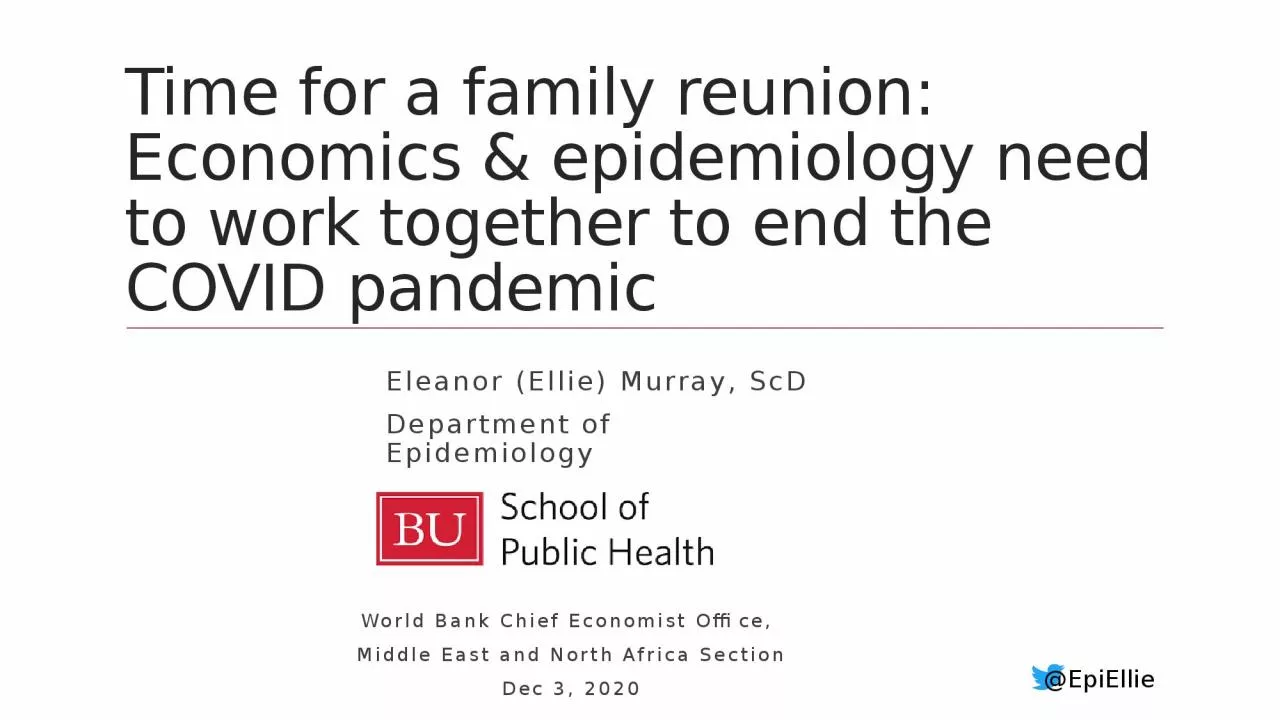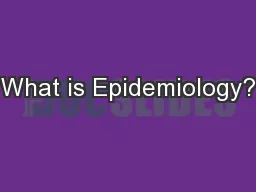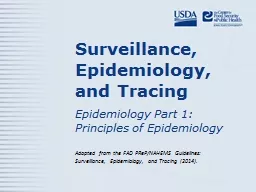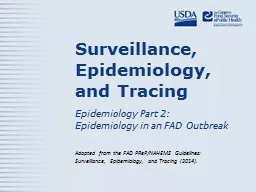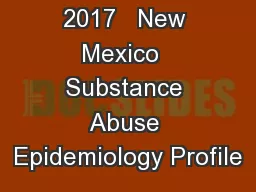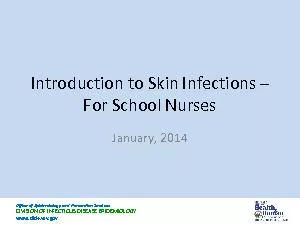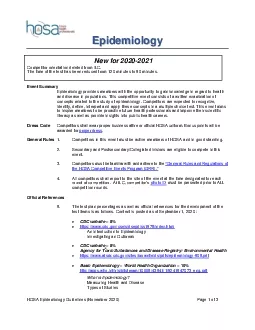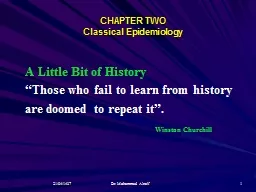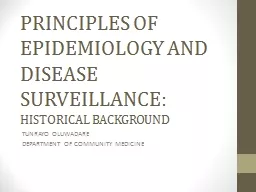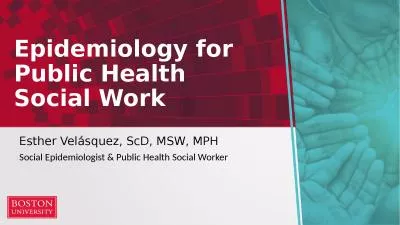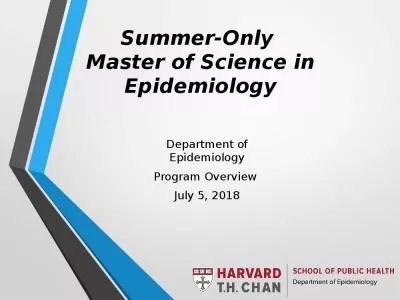PPT-Time for a family reunion: Economics & epidemiology need to work together to end the
Author : norah | Published Date : 2022-06-18
Eleanor Ellie Murray ScD Department of Epidemiology World Bank Chief Economist Office Middle East and North Africa Section Dec 3 2020 Outline Public health epidemic
Presentation Embed Code
Download Presentation
Download Presentation The PPT/PDF document "Time for a family reunion: Economics &am..." is the property of its rightful owner. Permission is granted to download and print the materials on this website for personal, non-commercial use only, and to display it on your personal computer provided you do not modify the materials and that you retain all copyright notices contained in the materials. By downloading content from our website, you accept the terms of this agreement.
Time for a family reunion: Economics & epidemiology need to work together to end the: Transcript
Eleanor Ellie Murray ScD Department of Epidemiology World Bank Chief Economist Office Middle East and North Africa Section Dec 3 2020 Outline Public health epidemic response What has worked for COVID. Principles of Epidemiology. A. Epidemiology is the study of the factors influencing the frequency and distribution of diseases. 1. communicable diseases – diseases that can be transmitted from one host to another . . 1. A term derived from the Greek:. . . epi. . : on, upon. demos . : the people. logos . : the study of . . . (Webster's Unabridged Dictionary). . Dictionary definition of epidemiology. June 15, 2011. Moving toward mobile-first. m.harvard.edu. Harvard launched a . university-wide mobile initiative . to improve the mobile experience of students, faculty, staff, alumni, visitors, and neighbors who interact with Harvard’s campus and community. . Epidemiology Part 1:. Principles of Epidemiology. Adapted from the . FAD . PReP. /NAHEMS Guidelines: Surveillance, Epidemiology, and Tracing (. 2014).. Introduction to epidemiology . Overview of disease characteristics . Epidemiology Part 2:. Epidemiology in an FAD Outbreak. Adapted from the . FAD . PReP. /NAHEMS Guidelines: Surveillance, Epidemiology, and Tracing (. 2014).. Describes the epidemiology investigation and response. Ihsan Mahdi, MD MPH. Substance Abuse Epidemiologist. Substance Abuse Epidemiology Section. Epidemiology and Response Division. New Mexico Department of Health. https://nmhealth.org/data/view/substance/2067/. Health. SCHOOL . OF PUBLIC HEALTH. WHY . THE SCHOOL OF PUBLIC HEALTH AT UMN. ?. Highly . ranked: . We are a top-ranked school at a top-ranked university, where diverse populations build knowledge and public health professionals make a difference. . La gamme de thé MORPHEE vise toute générations recherchant le sommeil paisible tant désiré et non procuré par tout types de médicaments. Essentiellement composé de feuille de morphine, ce thé vous assurera d’un rétablissement digne d’un voyage sur . DIVISION OF INFECTIOUS DISEASE EPIDEMIOLOGY www.dide.wv.gov Introduction to Skin Infections – For School Nurses January, 2014 Office of Epidemiology and Prevention Services DIVISION OF INFECTIOUS D November2020Page 1of 3EpidemiologyEvent SummaryEpidemiology provides members with the opportunity to gain knowledge in regard to health and diseasein populations This competitive event consists of a w A Little Bit of History. “Those who fail to learn from history . are doomed to repeat it”. . . . Winston Churchill. 21/04/1437. 1. Dr. Mohammed Alnaif. CHAPTER TWO. Classical . Epidemiology. HISTORICAL BACKGROUND. TUNRAYO OLUWADARE. DEPARTMENT OF COMMUNITY MEDICINE. EVOLUTIONARY PROCESS. It has grown from. PURE OBSERVATIONS AND ADVICES. (Hippocrates). COUNTING OF CASES AND ANALYSIS. Esther Velásquez, ScD, MSW, MPH. Social Epidemiologist & Public Health Social Worker . Identify Learning Objectives. The goal of this slide deck is to help you “befriend” the science of epidemiology and to appreciate its usefulness. At the end of this presentation, you will be able to: . Department of Epidemiology. Program Overview . July 5, 2018. . Introductions. Dr. Albert Hofman, MD, PhD. Chair, Department of Epidemiology. ahofman@hsph.harvard.edu. Deborah Blacker, MD, Sc.D.. Deputy Chair, Department of Epidemiology.
Download Document
Here is the link to download the presentation.
"Time for a family reunion: Economics & epidemiology need to work together to end the"The content belongs to its owner. You may download and print it for personal use, without modification, and keep all copyright notices. By downloading, you agree to these terms.
Related Documents

